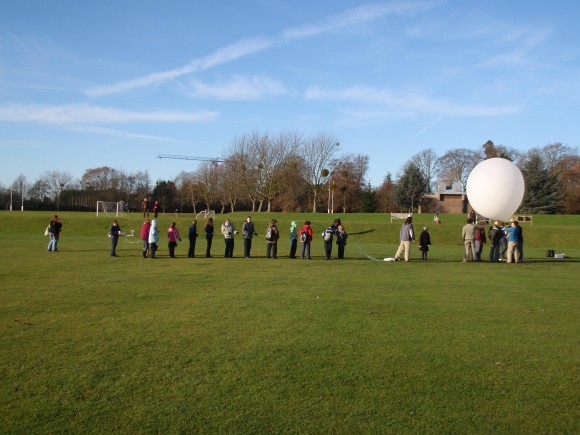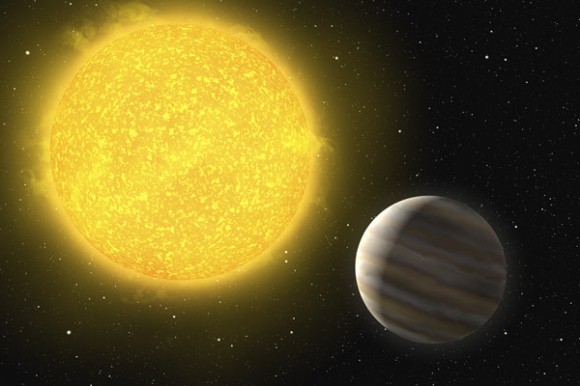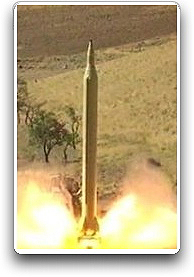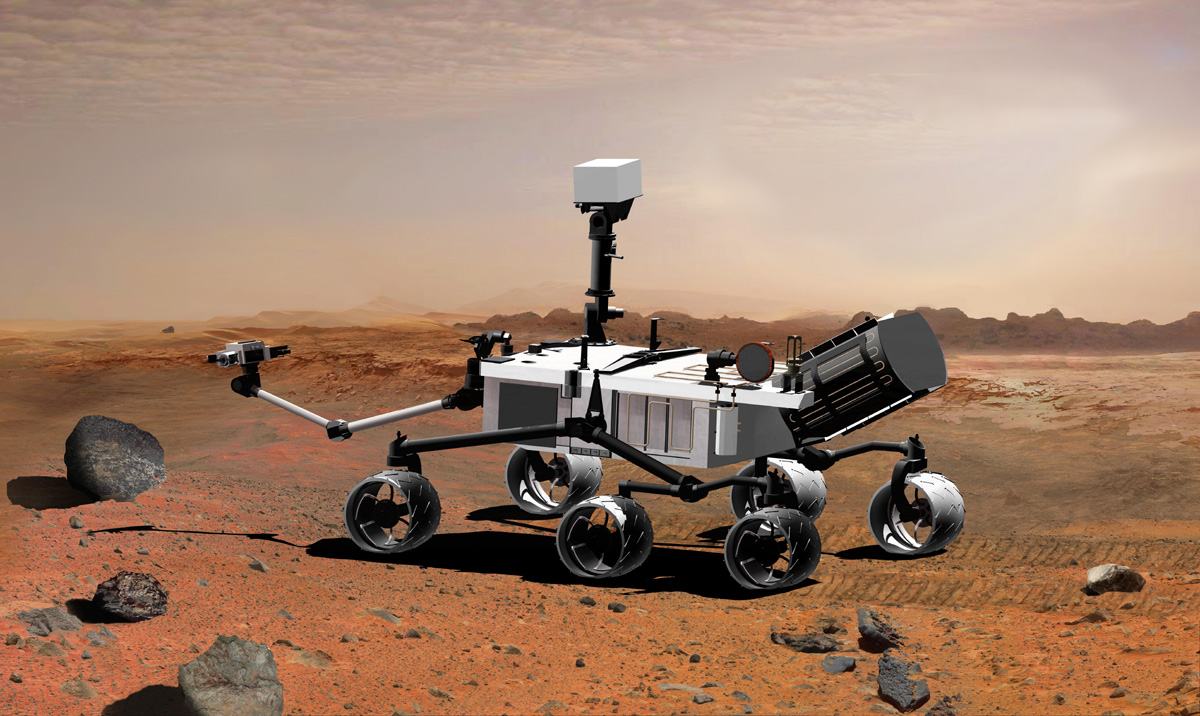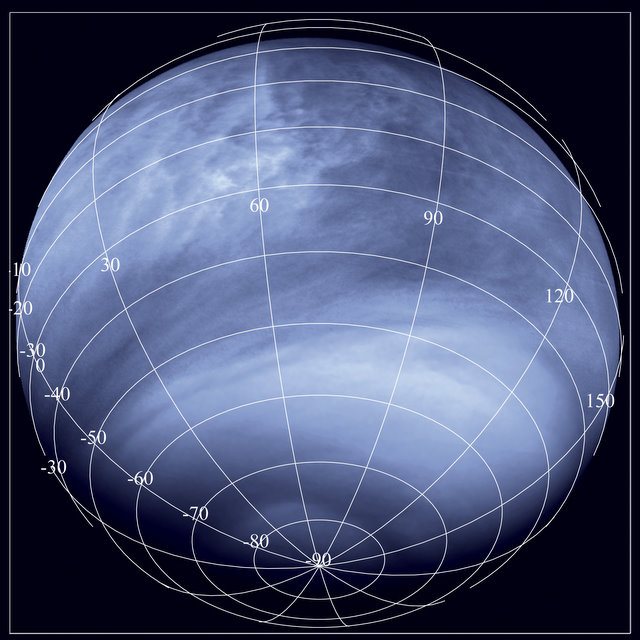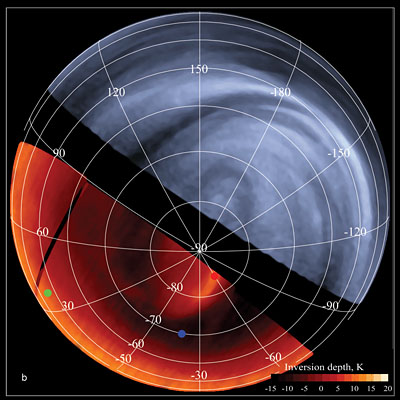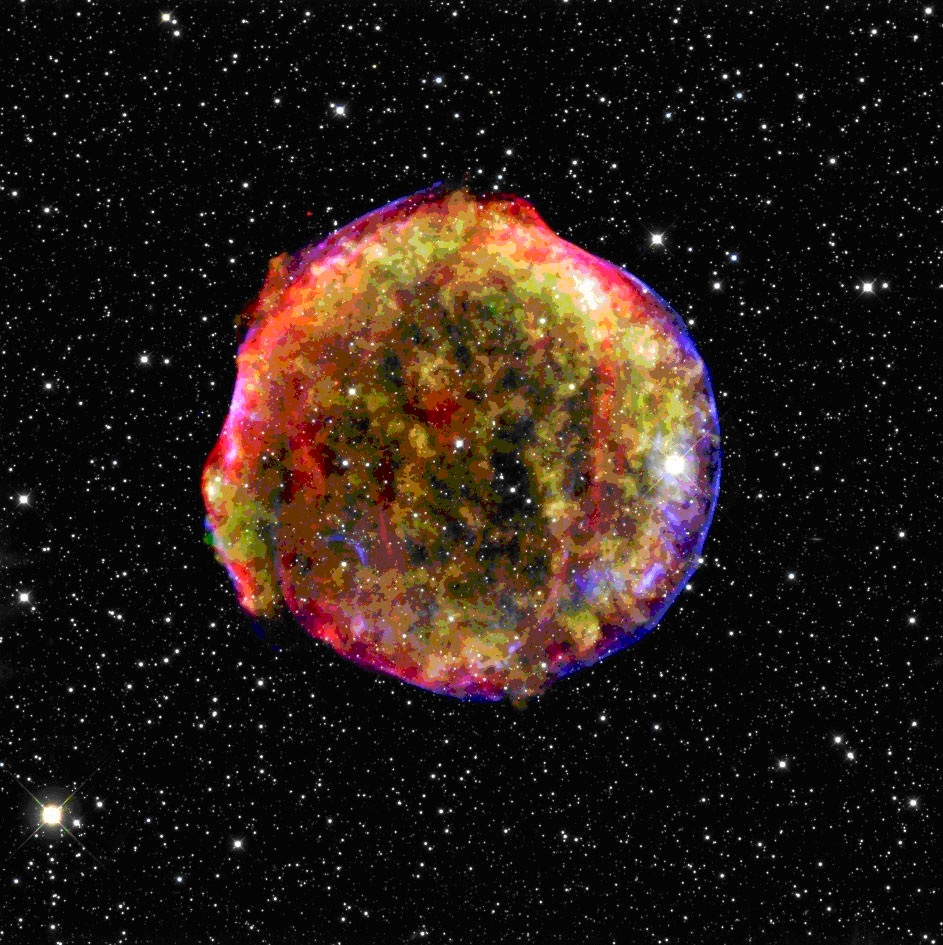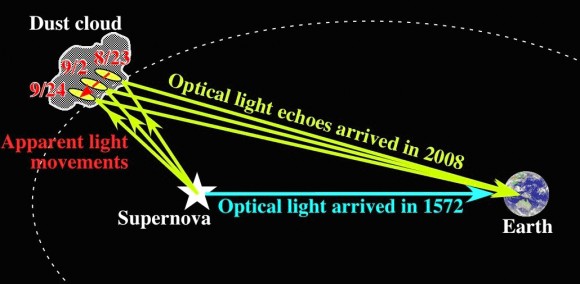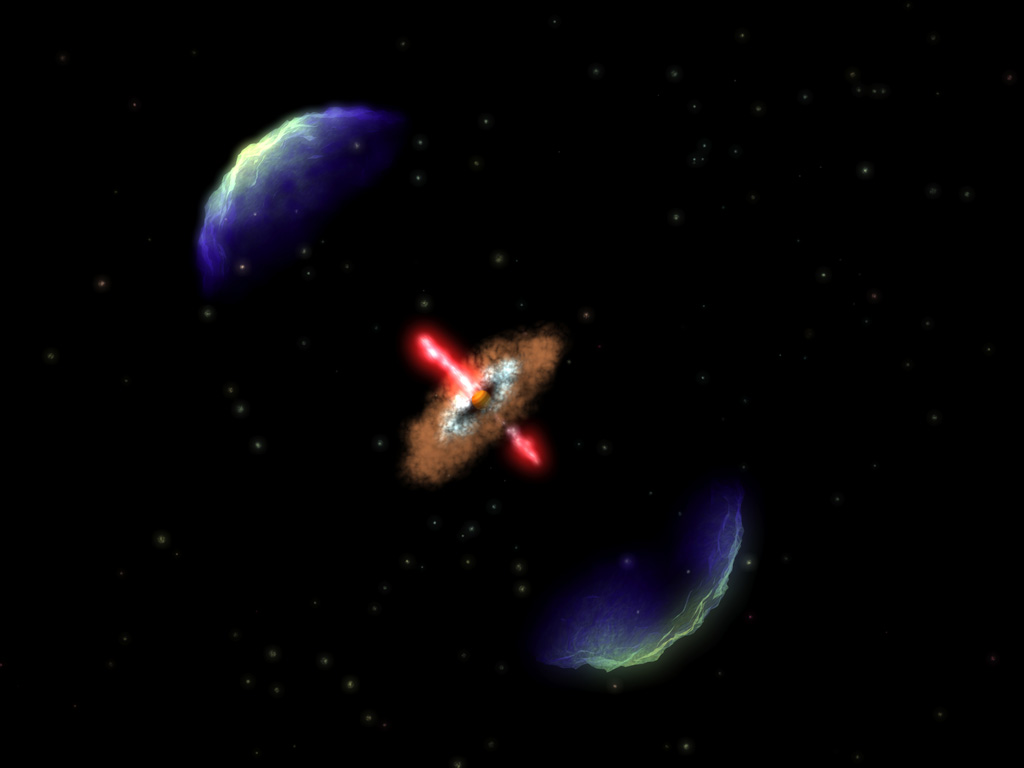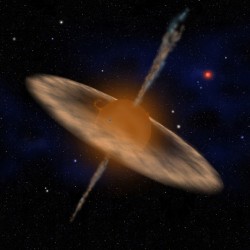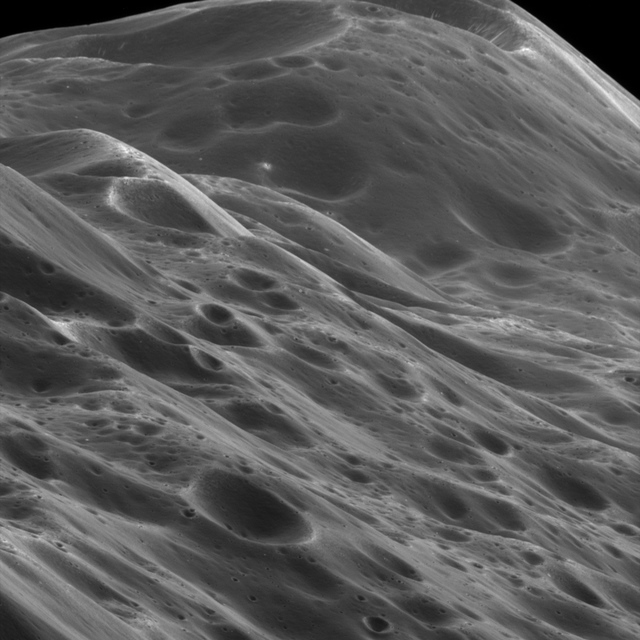[/caption]
NASA’s Mars Science Laboratory has been delayed for two years and will now launch in the fall of 2011. The decision to delay is based on various technical problems the MSL team has encountered and having enough time to work through the problems, as well as provide adequate time for testing all the systems on the car-sized rover. The main problems are the actuators, the gear boxes for all the moving parts. Mars program manager Doug McCuistion said the team is actually only a few months behind schedule, but in going to Mars, that doesn’t matter since a launch window to the Red Planet only comes once every 26 months. “We know these actuator motors must work on Mars and we’ve got anomalies on some of them we don’t understand,” said McCuistion. “It’s the right thing to delay the mission to take the appropriate time to understand the technical issues and test everything thoroughly.”
“Failure is not an option for this mission,” said Ed Weiler, NASA’s associate administrator for science.
The MSL mission will send a next-generation rover with unprecedented research tools to study the early environmental history of Mar, with the fundamental purpose to explore if the conditions for microbial life on Mars ever existed, or if they exist now.
The slip to 2011 will cost $400 million, making the total cost the mission about 2.2-2.3 billion in life cycle costs.
Weiler said there will some “pain” in planetary science and other Mars missions, but there will be paybacks, and no cancelations of any missions or programs are expected. There could be subsequent delays in other missions, however.
“There’s nobody who would like to launch in 2009 more than this team,” said JPL Director Charles Elachi. “These are the same people who put the face of NASA on the front page of newspapers the past few years with our other Mars missions. Unfortunately despite full support by NASA headquarters and the contractors, we just came a little short on time. The plan is to understand these technical issues, look for solution and do a very comprehensive test program. You can’t rely on luck to be successful on Mars.”
The vast majority of the hardware for the rover has been completed, but not everything is working well, particularly the actuators. NASA officials at today’s press conference all said they can’t send MSL to Mars without knowing everything they can about the issues with the actuators.
“The actuators are basically motors in a gear box,” said McCuistion. “All our landers have robotic actuators, and they enable the rover to do what they do: to drive and stop, they run the elbow and wrist join for the robotic arm and drills in sample handling devices. That’s why they are absolutely crucial to these missions. If the actuators can’t move, we essentially have junk on the surface of Mars.”
There are 31 different actuators on MSL, and 60 flight actuators and 45 engineering actuators are being built. Some of the problems have come from the manufacturing side with workmanship, and the most recent issue is drag torque issues within the devices. “The criticality and the number of these actuators is key,” said Elachi. “These actuators are much more massive than for MER mission since the MSL rover is about 8 times bigger, and they are very sophisticated.”
When asked if NASA had considered canceling the MSL mission, Griffin said absolutely not. “Before canceling I’d have to believe the project is going badly in a technical sense, but it’s not. When you’re doing things that have never been done before, you’re likely to encounter unforeseen difficulties. But just having difficulties is no cause to cancel. We had problems with Hubble, and we had problems with COBE, but I don’t think today anyone regrets having Nobel prize winning science from these missions. Unless you’re interested in building cookie cutter copies of previous spacecraft, and nobody is interested in doing that, you’ll encounter problems with hardware that’s never been built before.”
Source: NASA TV



